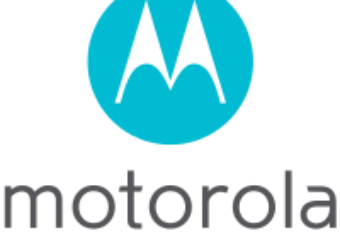July 16, 1995: Amazon Goes Online, Happy Birthday Orville Redenbacker
Subscribe! Spotify | RSS | More

Fluid Concepts & Creative Analogies: Computer Models of the Fundamental Mechanisms of Thought. That was the first book Amazon sold on July 16th, 1995. The company ran from their garage in Bellevue, Washington. 3 SPARC machines was all they had and a cool little mechanism that rung a bell every time a book was sold. The business model was set to make profit in 5 years. It was a good thing, because that may have helped it survive the dot com bubble.
17 years later, Amazon is going strong. Purchases of companies like WOOT! and Zappos!, along with the introduction of Kindle e-reader and Amazon Prime, the company is one of the largest resellers of product on the web.

Subscribe to Day In Tech History:
RSS Feed - iTunes - Android - Spotify - iHeartRadio
Facebook -
- RSS Bandwidth by Cachefly Get a 14 Day Trial
- Join me on Patreon and support Day in Tech History
Other today in technology historical facts:
- Happy Birthday Dan Bricklin and Orville Redenbacher
- Michael Dell steps aside as CEO
- Yahoo! Hires Marissa Mayer as CEO









![Shrek[1] Shrek](https://dayintechhistory.com/wp-content/uploads/2013/05/Shrek1-340x250.jpg)






